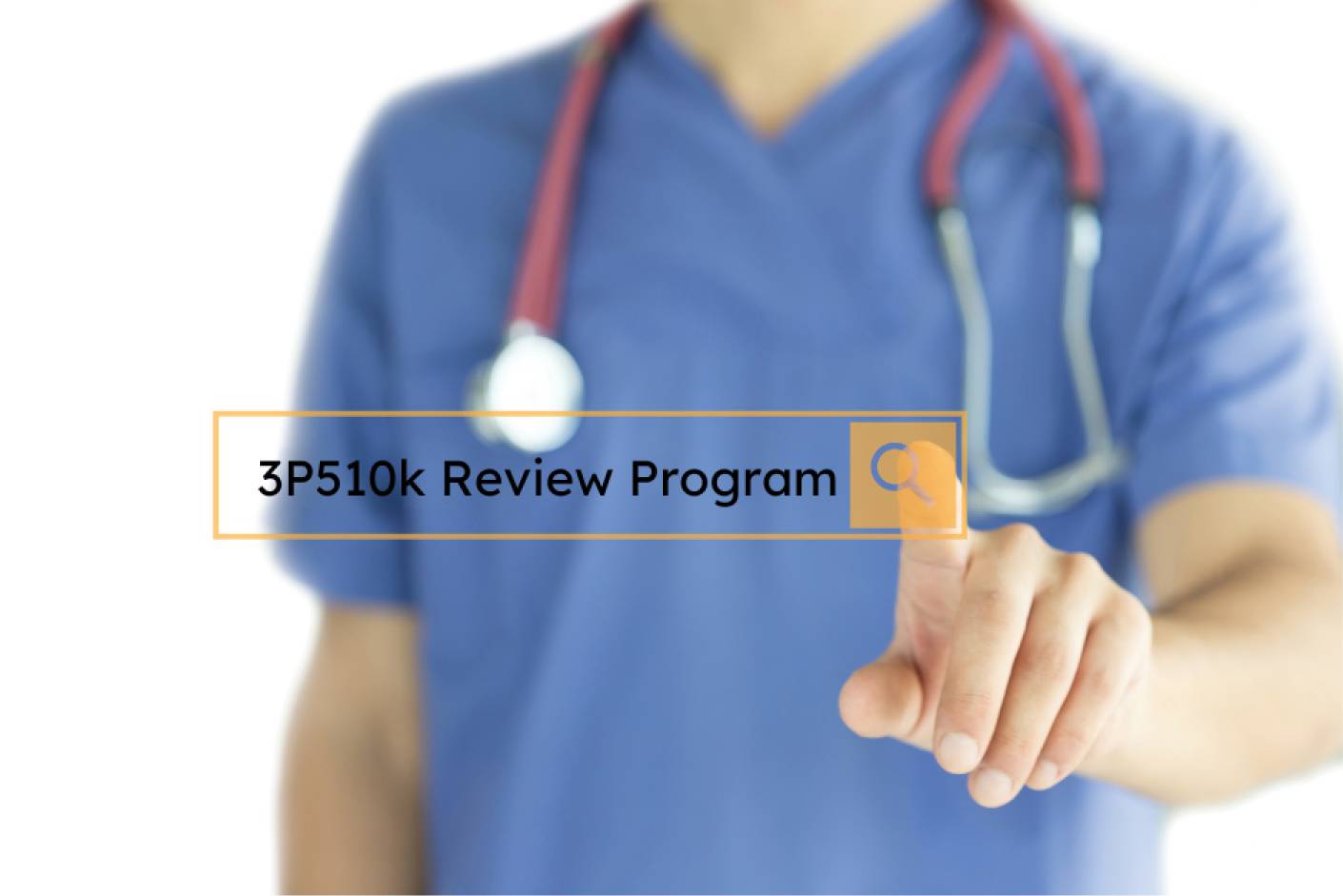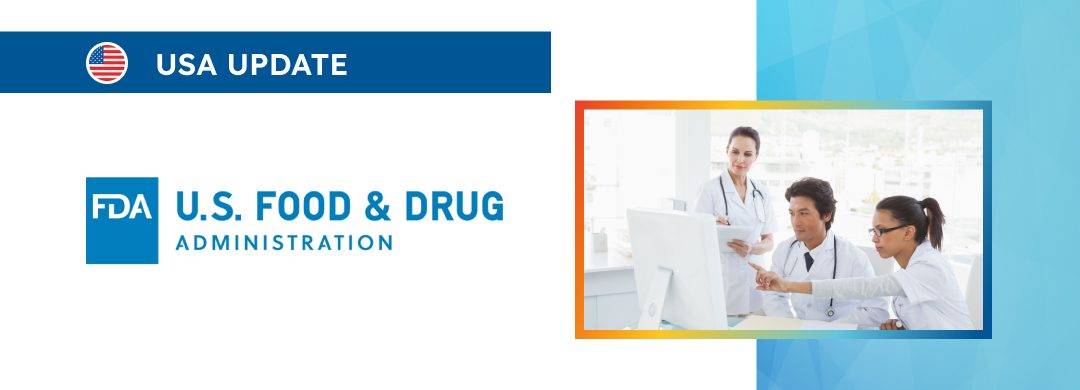The article provides a brief overview of the existing legal framework associated with the third-party review.

Table of content
The Food and Drug Administration (FDA or the Agency), the US regulating authority in the sphere of healthcare products, has published a guidance document dedicated to 510(k) Third Party Review Program and Third Party Emergency Use Authorization (EUA) Review.
Once finalized, the document will provide an overview of the applicable regulatory requirements, as well as additional clarifications and recommendations to be taken into consideration to ensure compliance with it.
At the same time, provisions of the guidance are non-binding in their legal nature, nor are they intended to introduce new rules or impose new obligations.
Introduction to the 3P510k Review Program
The 510(k) Third Party (3P510k) Review Program, initially known as the Accredited Persons (AP) Program, operates under section 523 of the Federal Food, Drug, and Cosmetic Act (FD&C Act).
This initiative authorizes the FDA to recognize qualified third parties for reviewing premarket notification submissions, commonly referred to as 510(k) submissions.
These reviews are specifically for specific devices that are considered to be low-to-moderate risk.
The program is implemented within the Center for Devices and Radiological Health (CDRH), where submissions are made to a designated 3P510k Review Organization (3P510k RO).
According to the guidance, the 3P510k Review Program originates from a voluntary pilot program initiated on August 1, 1996.
This pilot included selected class I devices not exempt from 510(k) requirements and 30 class II devices.
The program was subsequently codified and expanded by the Food and Drug Administration Modernization Act (FDAMA) of 1997.
Further developments occurred with the enactment of the Food and Drug Administration Safety and Innovation Act (FDASIA) in 2012 and the FDA Reauthorization Act of 2017 (FDARA), which added more layers and requirements to the program.

Program Goals and Process
As further explained by the FDA, the primary aim of the 3P510k Review Program is to enable the FDA to focus its review resources on higher-risk and more complex medical devices.
The program facilitates third-party review of lower-risk devices, offering an alternative pathway for manufacturers to receive quicker decisions on their 510(k) submissions.
The process involves submitting 510(k) applications to a 3P510k RO, which reviews and then forwards their recommendations and the application to the FDA.
The final decision rests with the FDA based on these recommendations.
Participation and Communication
Manufacturers’ participation in the 3P510k Review Program is entirely voluntary. Those preferring not to use a 3P510k RO can submit their 510(k)s directly to the FDA, using traditional review processes and paying the necessary FDA user fees.
The 3P510k ROs serve as the primary communication link between the 510(k) submitters and the FDA, ensuring a streamlined process and maintaining the integrity of the third-party review system.
Introduction to 3PEUA Review
The document also mentions that in addition to the 3P510k Review Program, the FDA may engage third-party organizations to review Emergency Use Authorization (EUA) requests, known as the 3PEUA review.
This becomes particularly significant under emergency conditions, as authorized under section 564 of the FD&C Act. An example was during the COVID-19 pandemic when the FDA saw an influx of EUA requests for in vitro diagnostic products to detect the SARS-CoV-2 virus.
3PEUA review is designed for urgent public health situations, allowing for rapid expansion of the FDA review capacity. It focuses on medical devices related to emergency scenarios, such as diagnostic tests during the COVID-19 pandemic.
The review process for EUA requests typically starts with submissions directly to the FDA, which then, at its discretion, can forward them to a 3PEUA Review Organization (3PEUA RO) for further evaluation and recommendation.
Differences Between 3P510k and 3PEUA Review
The authority also outlines the differences between the above mentioned frameworks. According to the guidance, the 3P510k and 3PEUA Review Programs are distinct in their initiation, process, and focus.
The 3P510k program is generally for routine device reviews, while the 3PEUA is specifically for emergencies.
The submission process, nature of reviews, and the role of the FDA in decision-making differ significantly between the two programs.
The 3PEUA program involves more direct interaction and contracting with third-party organizations, particularly for EUA requests concerning in vitro diagnostic products.
The 3P510k and 3PEUA Review Programs are integral to the existing strategy for medical device regulation. They represent the Agency’s commitment to ensuring public health safety while facilitating timely medical device access, especially in emergencies.
These programs demonstrate the FDA’s adaptability and responsiveness in its regulatory approach, ensuring a balance between rigorous review standards and the need for prompt medical device availability in various public health contexts.
Conclusion
In summary, the present FDA guidance highlights the key points associated with the particular review pathways introduced by the authority to ensure better allocation of its review resources and facilitate the application review process in general.
The document explains the difference between the main frameworks and provides additional details on their nature, origin, and goals.
How Can RegDesk Help?
RegDesk is a holistic Regulatory Information Management System that provides medical device and pharma companies with regulatory intelligence for over 120 markets worldwide. It can help you prepare and publish global applications, manage standards, run change assessments, and obtain real-time alerts on regulatory changes through a centralized platform. Our clients also have access to our network of over 4000 compliance experts worldwide to obtain verification on critical questions. Global expansion has never been this simple.

